No good control over legality of imported wood
| Control imported wood to help development of the wood industry |
 |
| Reducing the risk of the legality of imported tropical wood is vital to the Vietnamese wood industry with a focus on exports. Photo: N. Thanh |
Import of tropical wood increases rapidly
The report "Vietnam imports tropical wood and its implications for the implementation of the Legal Timber Protection System Decree VNTLAS" by the research group Forest Trends Organization and the Vietnam Wood and Forest Product Association, Binh Dinh Wood Association and Forest Products, the Handicraft and Wood Industry Association of Ho Chi Minh City, and the Wood Processing Association of Binh Duong province recently announced many remarkable perspectives on the issue of tropical wood imports.
Currently, the domestic supply of wood is not enough for processing, leading to the import of wood playing an important role in the development of the wood industry. Mr. Tran Le Huy, Vice President and General Secretary of Binh Dinh Wood and Forest Products Association, said that every year, Vietnam imported about 4-5 million logs. The amount of imports tended to increase. The amount of tropical wood (also known as natural forest wood) accounts for about 40-50% of the total amount of wood imported into Vietnam.
Vietnam imports tropical wood from African countries, some countries in South America, Laos, Cambodia and the island nation of Papua New Guinea (PNG). By 2020, the amount of tropical wood imported into Vietnam from these countries reached 2.7 million m3, accounting for 41% of the total volume of log and sawn wood imported from all sources.
The proportion of tropical wood in the total volume of wood imported into Vietnam tended to decrease. In 2015, tropical logs and sawn wood accounted for 54% of the total imports from all sources, but by 2020, this figure would be only 41%.
“However, this does not mean that the amount of tropical wood tends to decrease. The reason is that the total import volume increased rapidly, with the growth rate of non-tropical wood species more strong than wood from the tropics,” said Mr. Tran Le Huy.
Notably, the control of the legality of imported wood pointed out by the research team is far from the target set in Decree 102/2020/ND-CP issued in September 2020 regulating the Guarantee System of legal wood (VNTLAS Decree). The risk of wood imports into Vietnam does not comply with all the requirements of the exploiting country and the exporting country.
Mr. To Xuan Phuc, an expert from Forest Trends, said that the research that Forest Trends and the Vietnam Timber and Forest Products Association were doing on the use of African wood in Vietnam showed that, for wood sources, importing from Africa, by 2020, Vietnam had about 240 enterprises directly participating in importing.
While most enterprises believed that the exporter must take full responsibility for the legality of the wood, Mr. To Xuan Phuc said that in fact, there were many risks in the export supply chain. This risk occurred at all stages of the supply chain, from forest management, exploitation, transportation, processing and trade.
"According to some wood importers from Africa, in some cases, export enterprises erase and forge papers such as quarantine certificates to speed up the export process," said To Xuan Phuc.
Priority of reducing risks in wood imports
Mr. Do Xuan Lap, Chairman of the Vietnam Timber and Forest Products Association, said that through the signing of the VPA/FLEGT Agreement with the EU, the Government of Vietnam had committed to eliminate illegal wood from the supply chain. Implementation of this commitment helped to maintain the image and position of the Vietnamese wood industry in the international arena. International environmental organizations were closely monitoring the actions of the Vietnamese wood industry to implement these commitments.
In the current context, reducing the risks of the legality of imported tropical wood is vital to the Vietnamese wood industry with a focus on exporting. It not only helps maintain the stability of the export market but also creates a driving force for market expansion.
Currently, the United States is the largest import market for Vietnamese wood products. Import turnover from this market accounts for over 60% of the total export turnover of Vietnam. The US government has been accused of importing illegal wood from a number of countries in the tropics. These allegations are made in the context that Vietnam is importing a large amount of natural wood from many countries, including African countries and Cambodia. The US government is still investigating the Vietnamese wood industry based on this allegation.
“With the importance of the US market today, the investigation of the US Government has potential risks for the export activities of Vietnam's wood industry to this market in the future. In other words, Vietnam's wood industry needs to determine that eliminating risks in the import of tropical wood is the industry's number one priority,” said Mr. Do Xuan Lap.
Considering that reducing risks in importing raw material natural wood should be done in terms of both policy and practical activities in the import and domestic consumption, Mr. To Xuan Phuc said that in terms of policy, tightening the management in the import stage for risky wood sources in the spirit of the VNTLAS Decree, ensuring the legality of imported wood should be strengthened and implemented effectively.
In the short term, the Government needs to require importers to supplement information in the import documents to prove the legality of the risky import wood and then take measures to minimize risks. This should be considered a mandatory activity for importers. Enterprises need to ensure, commit and take responsibility for the authenticity of the documents in the current import dossier.
In order to enhance the authenticity of the paperwork in the export/import dossier, according to some forestry experts, the Government of Vietnam should establish an official connection with the governments of the countries supplying risky raw wood for Vietnam.
This connection helps the Vietnamese authorities understand the process in the export supply chain, the legal requirements related to the chain's operations and the authenticity of the licenses and documents in the export dossiers. This connection can also help the Government of Vietnam access information sources about enterprises that are allowed to exploit, process and be allowed to export in the exporting country.
| The VPA/FLEGT Agreement took effect on June 1, 2019. Implementing the commitments in the Agreement, the Government of Vietnam issued Decree 102/2020/ND-CP regulating the Vietnam Legal Timber System (Decree VNTLAS), effective from October 30, 2020. Managing the legality of imported timber is one of the main points of the Decree. According to the Decree, imported wood management is implemented through the establishment of a control mechanism for imported wood sources and imported wood species. In order to implement these mechanisms, on November 27, 2020, the Ministry of Agriculture and Rural Development issued Decision No. 4832/QD-BNN-TCLN announcing the list of wood species imported into Vietnam in Appendix I and List of geographic regions which positive export wood to Vietnam in Appendix II. According to this decision, the list of imported timber species includes 322 species, not including homologous species. The list of active geographic regions includes 51 countries. Except for South Africa, all the countries in the African region that supply raw wood to Vietnam are not included in the list of active geographic areas as defined in Decision 4832 of the Ministry of Agriculture and Rural Development. All countries in South America, Laos, Cambodia and the island nation of Papua New Guinea (PNG) are not included in this list. |
Related News
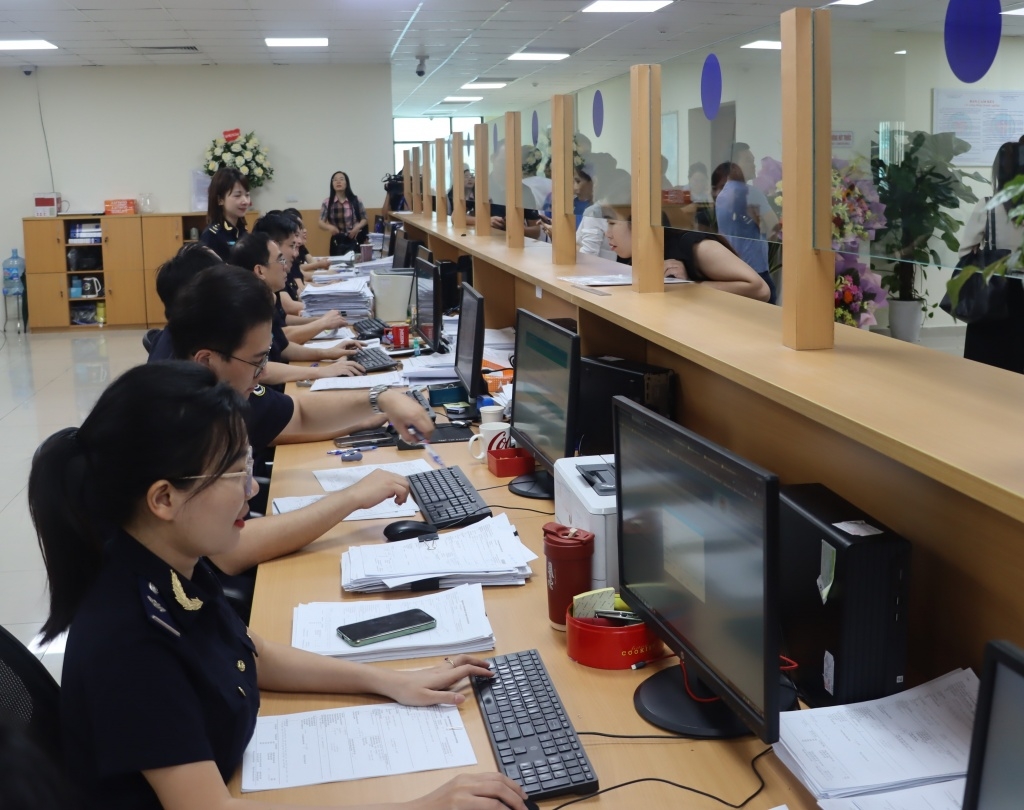
Hai Phong Customs’ revenue rises about VND 1,000 billion
14:52 | 14/02/2025 Customs
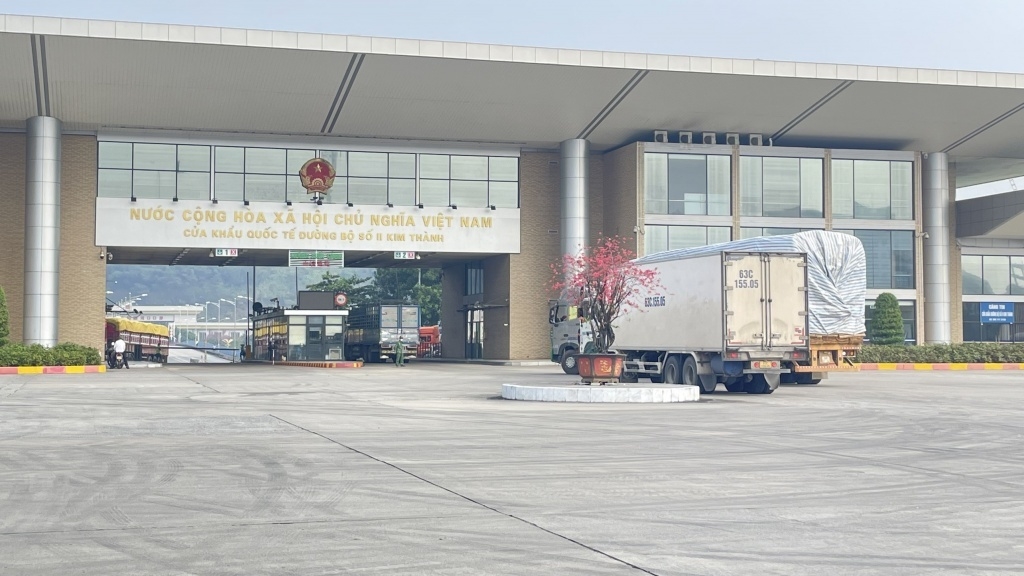
Import and export turnover reaches about US$29 billion in the second half of January 2025
14:52 | 14/02/2025 Import-Export
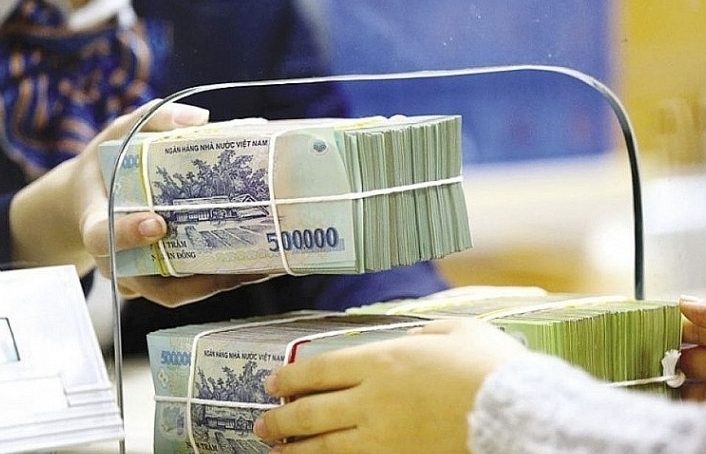
State revenue in first month of the year equal to 14% of the estimate
10:12 | 11/02/2025 Finance

Ho Chi Minh City: Foreign visitors spend more than VND1,500 billion to buy goods upon exit
10:01 | 07/02/2025 Customs
Latest News

Embracing green exports: a pathway to enter global supply chains
10:33 | 20/02/2025 Import-Export

New policy proposed to prevent transfer pricing, tax evasion of FDI enterprises
10:32 | 20/02/2025 Import-Export
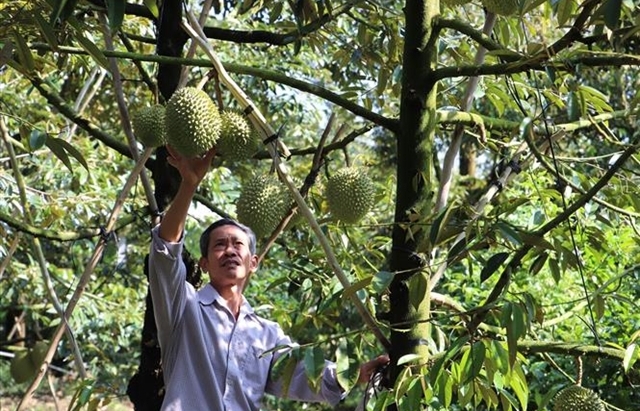
Việt Nam’s durian exports to China plummet by 80%
16:18 | 19/02/2025 Import-Export
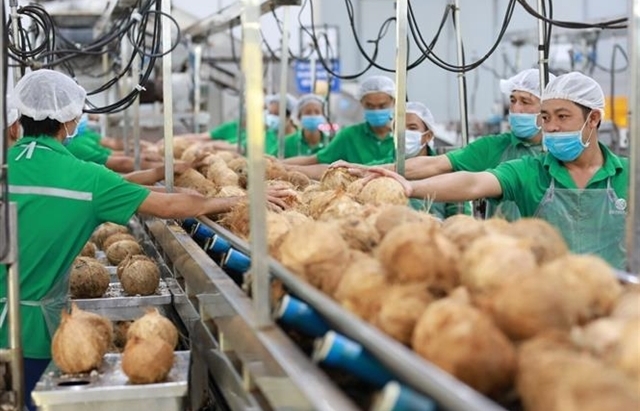
Coconut exports reach 14-year high
15:29 | 18/02/2025 Import-Export
More News

Shrimp exports grow in the first month of 2025
15:28 | 18/02/2025 Import-Export
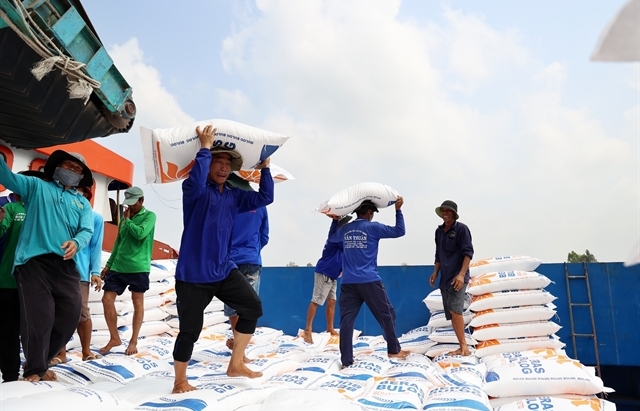
Rice export prices drop, but decline expected to be short-term
08:10 | 17/02/2025 Import-Export
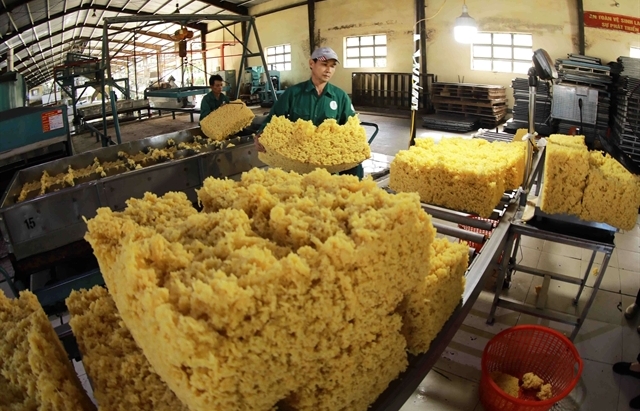
Key agro products expected to maintain export growth this year
08:08 | 17/02/2025 Import-Export
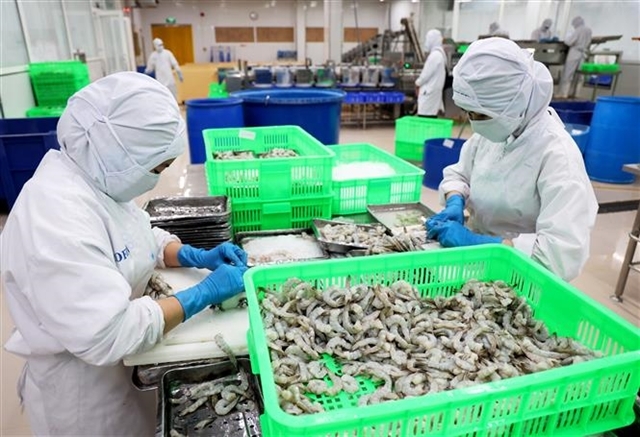
EU issues 12 warnings against Việt Nam’s food and agricultural exports
08:07 | 17/02/2025 Import-Export
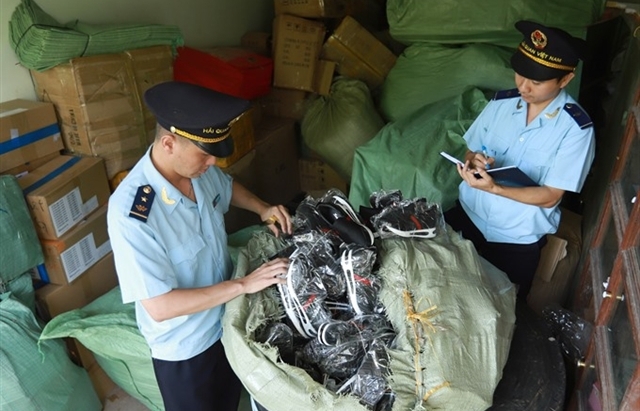
Việt Nam to impose VAT on low-value express-imported goods
08:06 | 17/02/2025 Import-Export

Exchange rate risks need attention in near future
16:31 | 15/02/2025 Import-Export
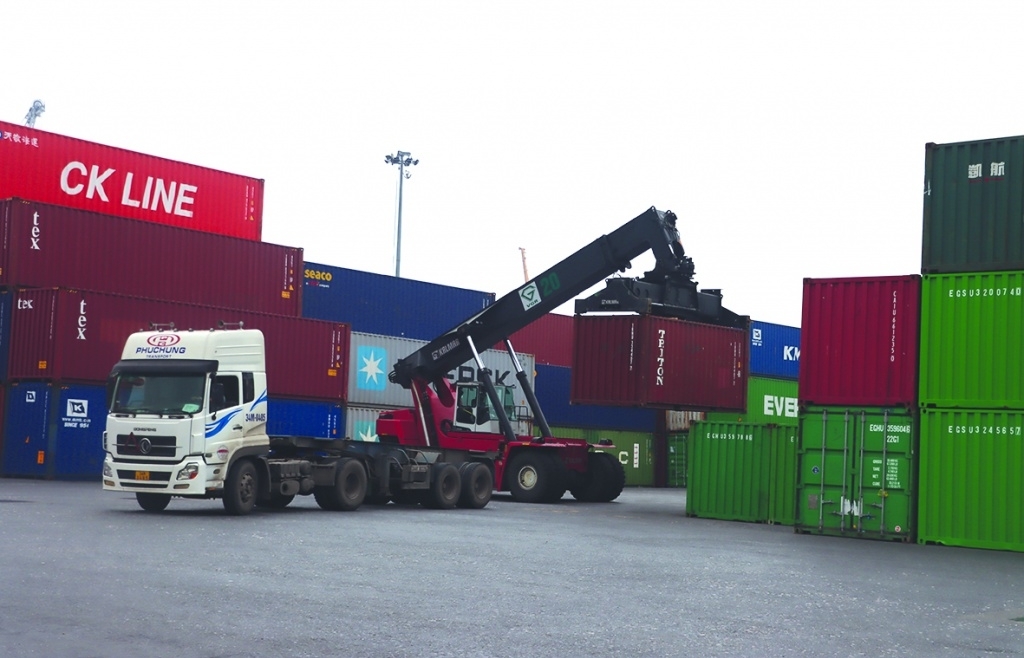
Vietnam kicked off the year with a strong start in trade, exceeding US$63 billion in the first month
16:30 | 15/02/2025 Import-Export

Market edges up slightly as liquidity remains low
14:48 | 14/02/2025 Import-Export

Business regulations must be trimmed for development of enterprises: Experts
14:46 | 14/02/2025 Import-Export
Your care
The system has not recorded your reading habits.
Please Login/Register so that the system can provide articles according to your reading needs.

Embracing green exports: a pathway to enter global supply chains
10:33 | 20/02/2025 Import-Export

New policy proposed to prevent transfer pricing, tax evasion of FDI enterprises
10:32 | 20/02/2025 Import-Export

Việt Nam’s durian exports to China plummet by 80%
16:18 | 19/02/2025 Import-Export

Coconut exports reach 14-year high
15:29 | 18/02/2025 Import-Export

Shrimp exports grow in the first month of 2025
15:28 | 18/02/2025 Import-Export
